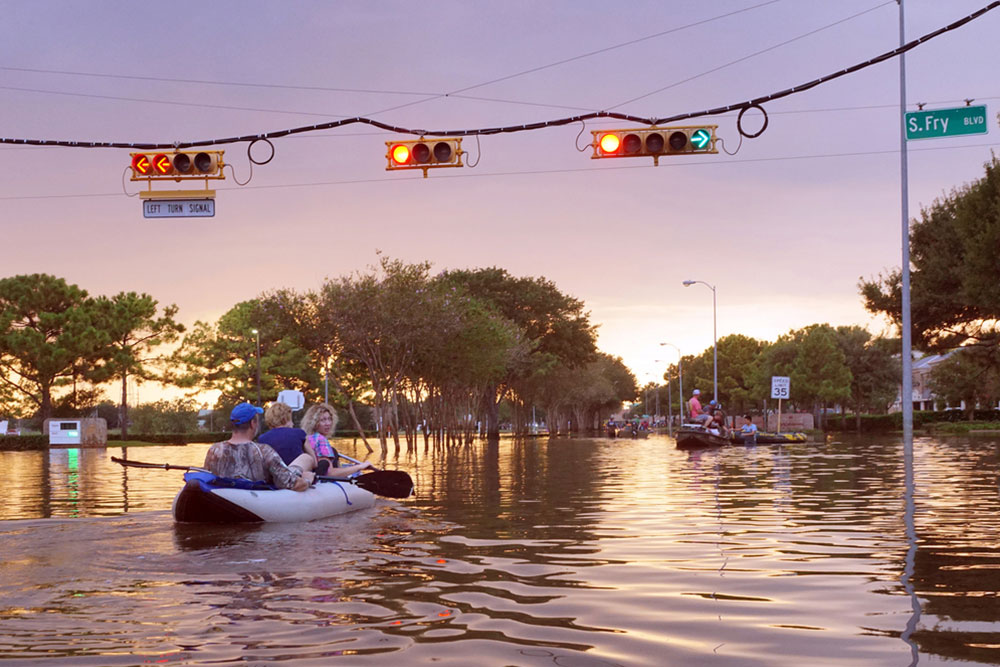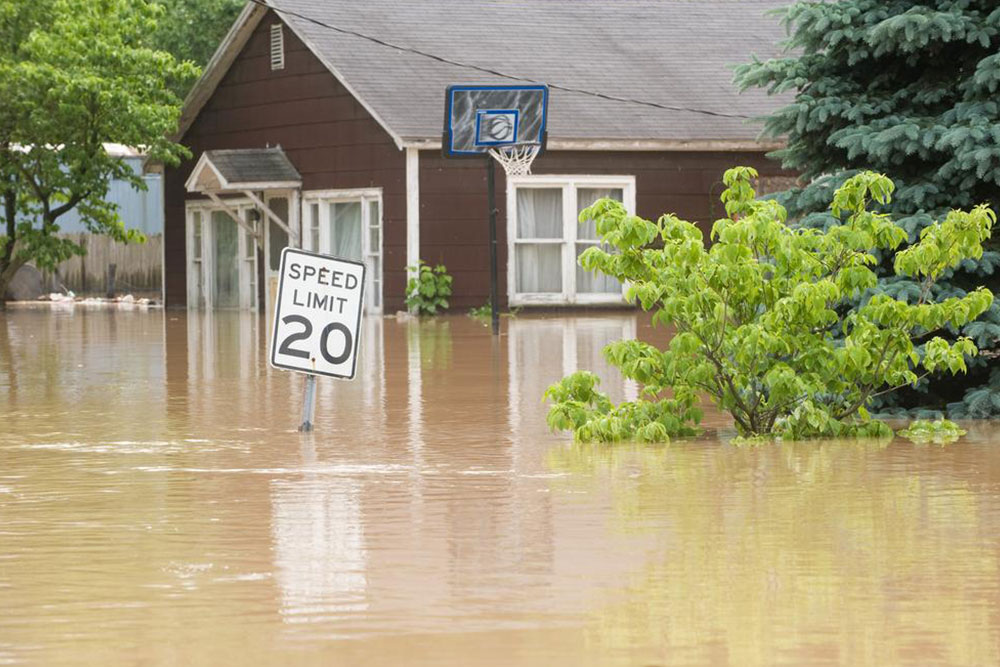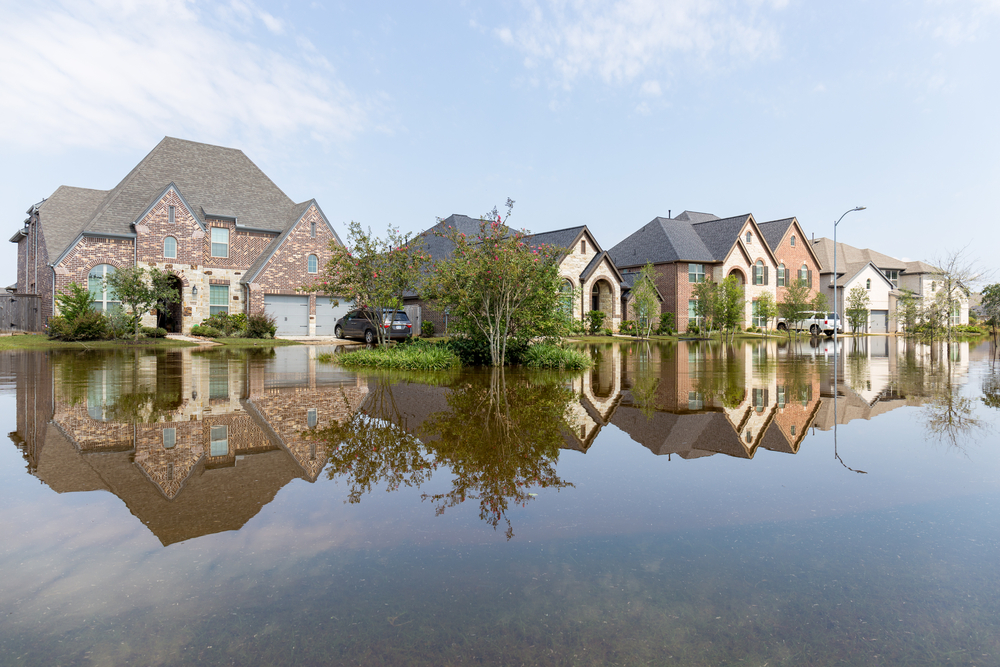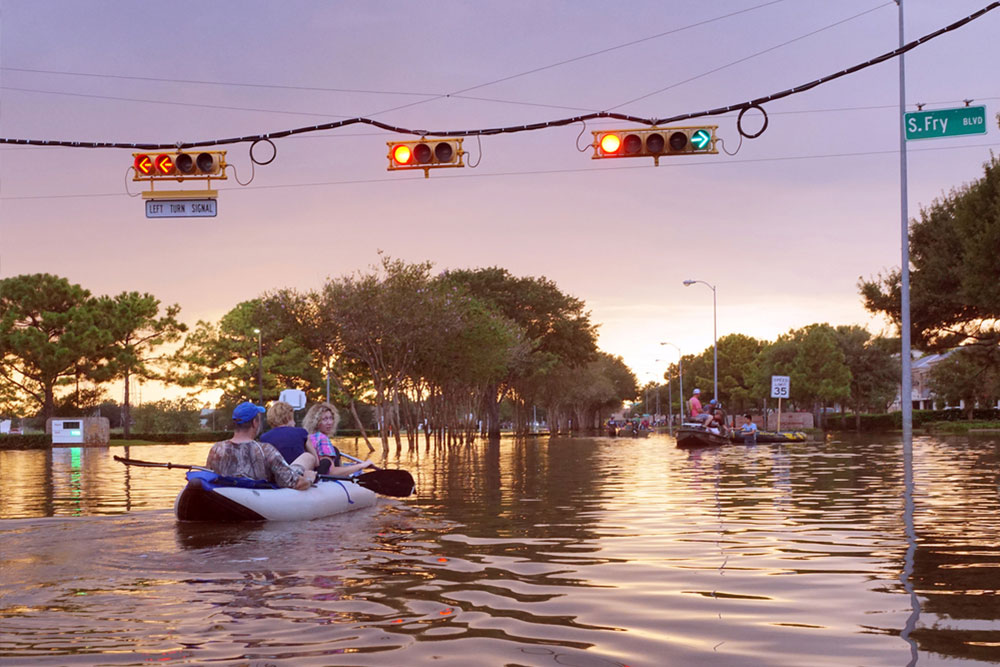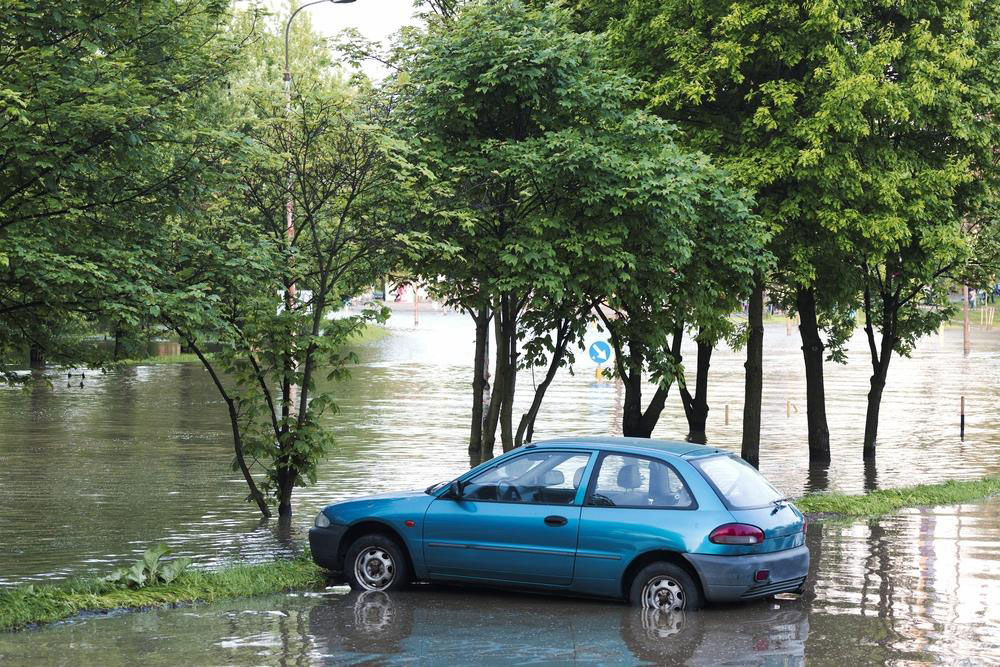Comprehensive Guide to Factors Affecting Flood Insurance Premiums
This comprehensive guide explores the key factors affecting flood insurance premiums, including risk levels, property features, deductible choices, and claims history. Understanding these elements helps homeowners make informed decisions, optimize coverage, and potentially reduce costs. Learn how geographic risk, property characteristics, and mitigation efforts influence insurance rates and how proactive measures can protect your home and finances from flood damages. Whether you live in a high-risk zone or a lower-risk area, understanding these factors is essential for effective flood risk management and cost savings.
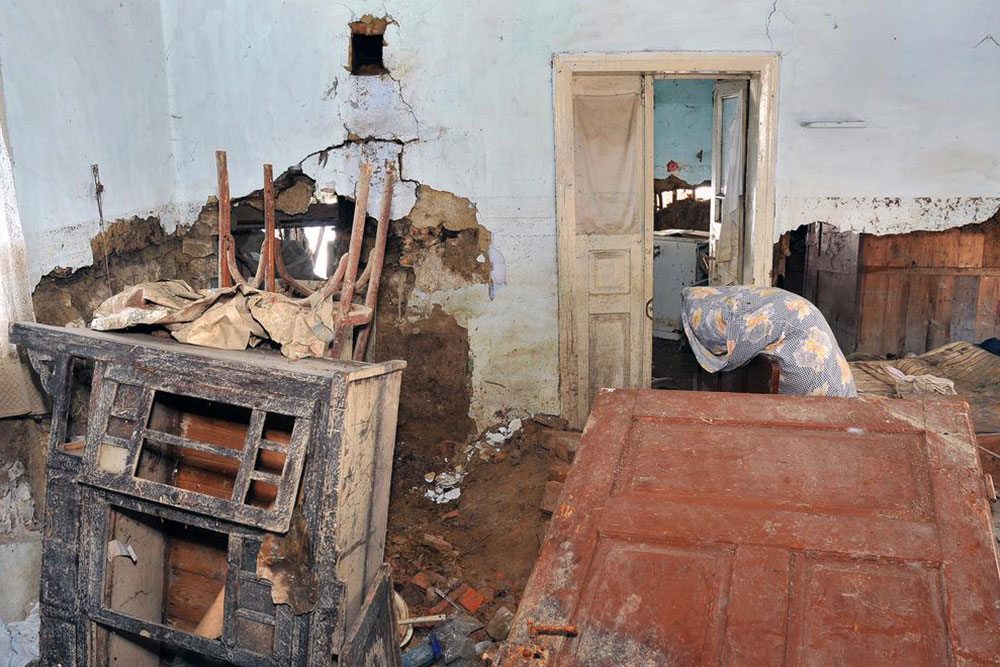
Understanding the Major Factors That Influence Flood Insurance Premiums
Flooding is a devastating natural disaster that can cause extensive damage to homes and communities, leading to significant financial losses for homeowners. While many people associate flood risks primarily with coastal areas or regions near water bodies, the reality is that flooding can happen almost anywhere, especially during periods of heavy rainfall or severe weather events like monsoons. As such, having a comprehensive flood insurance policy is a vital step in safeguarding your property and financial well-being, regardless of your geographic location.
When it comes to estimating flood insurance premiums, insurers consider a multitude of factors beyond just your credit score or financial history. Understanding these elements can help homeowners and property buyers make informed decisions, ensuring they select the right coverage at a fair price. Let’s delve into the key factors that play a critical role in determining flood insurance premiums and how they can impact the cost of protecting your property.
1. The Flood Risk Level of Your Area
The primary factor influencing your flood insurance premium is the level of risk associated with your geographic location. Areas that are frequently hit by hurricanes, tropical storms, or irregular heavy rainfall tend to have higher flood risks. Regions lacking sufficient flood defenses, such as levees, dams, or drainage systems, are even more vulnerable, driving premiums upward.
For instance, properties situated in coastal zones prone to hurricanes or storm surges often have elevated insurance costs because the potential for flood damage is higher. Conversely, areas with flood mitigation infrastructure, such as better drainage or flood barriers, may benefit from lower premiums due to reduced flood risk.
2. Property Characteristics: Size, Age, and Construction
The physical attributes of your property significantly influence its flood insurance premium. Larger homes or those with unique architectural features may be more expensive to insure, especially if they are older or constructed with materials less resistant to flood damage.
Insurers typically assess how susceptible your property is to flood-related destruction, considering factors like elevation, foundation type, and structural integrity. Modern buildings built to current flood-resistant standards usually attract more favorable rates, while older and larger properties may face higher premiums due to increased vulnerability.
3. Deductible Choices and Premium Costs
The deductible amount you select for your flood insurance policy directly impacts your premium cost. A higher deductible generally results in lower monthly or annual premiums, making it a tempting option for budget-conscious homeowners. However, it also means you will need to pay more out-of-pocket when filing a claim.
Choosing the appropriate deductible involves balancing your financial capacity and risk tolerance. If you live in a high-risk area and anticipate the possibility of frequent floods, a lower deductible might be more economical in the long run, despite higher premiums.
4. Your Claims History and Insurance Record
Your past history with insurance claims can influence your flood insurance premium significantly. Homeowners who have previously made multiple claims for flood damage may be viewed as higher risk by insurers, leading to increased premiums or even difficulties in obtaining coverage.
Maintaining a clean claims record and taking proactive measures to mitigate flood risk can help keep your premiums manageable. Additionally, evidence of property upgrades, such as flood vents or elevated foundations, can sometimes help reduce costs.
Additional Factors that May Affect Premiums
Besides the main elements listed above, several other considerations can influence your flood insurance costs. These include:
Flood Zone Designation: Properties located within high-risk flood zones officially designated by FEMA or other agencies typically face higher premiums.
Elevation and Floodproofing: Elevated buildings or those with floodproofing measures often attract lower premiums as they are less susceptible to flood damage.
Availability of Local Flood Control Infrastructure: Neighborhoods with well-developed flood management systems may benefit from reduced insurance rates.
Key Takeaways
Understanding the various factors that influence flood insurance premiums enables homeowners to make strategic decisions for better coverage and cost savings. Risk assessment remains the most critical aspect, and it’s essential for property owners to evaluate their area's flood history, structural factors, and available mitigation measures.
Investing in flood-resistant improvements and staying informed about local flood risks can not only help reduce premiums but also significantly mitigate potential damages. Always compare policies from different insurers and consider consulting with a professional insurance agent to ensure you find the coverage that best suits your needs.
